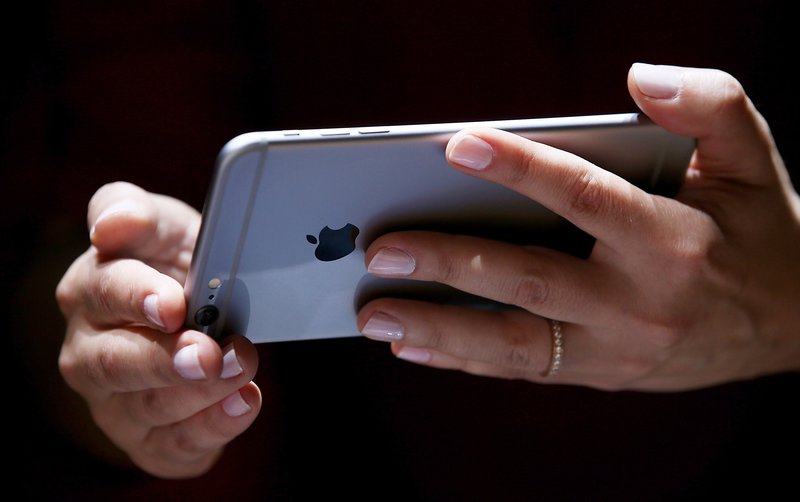NEW
The iPhone reinvented
The new versions of the popular Apple smartphones are now in shops with a range of novelties from larger screens to NFC payment technology
In the recent presentation of the new range of iPhones, Apple executive Tim Cook stated that the new smartphones represented the “biggest advancements in iPhone history”. Beyond the marketing rhetoric, it does seem true that the popular brand of phones has undergone the most radical improvements since the original model appeared in 2007.
The first thing one notices about the new phones is that they are bigger. The new range that includes the iPhone 6 and the 6 Plus is now in shops and producing great excitement among Apple fans, as seen from the queues that have formed outside Apple stores. In fact, so great was the expectation that in the first 24 hours of the reservation period for the new phones, in the US alone, a record four million orders were placed.
With 4.7 and 5.5 inch models, Apple has finally caught up with its competitors. After Samsung pioneered large-screen phones, Apple at first showed little interest before the demands of the market forced it to change tack. Despite the larger format, the iPhone is slimmer and the quality of the materials remains high. With the launch, Apple now has four models on the market, as the 5S and 5C continued to be sold at a lower price.
Another novelty is also something that Android competitors already offer, the inclusion of NFC technology, which allows the instant transfer of data between phones. However, Apple has restricted the use of NFC to paying for items without the need of bank cards. This convenient form of payment, called Apple Pay, is available in the US this month, with plans to extend it to other markets soon.
Apple's detractors have criticised the new phones, arguing that the novelties have already been available for some time on Android phones. However, this argument ignores other aspects that make the new iPhones unique, such as the second generation 64-bit processor that has higher performance while consuming less power, and the parallel processor that manages movement through an accelerometer, gyroscope, compass and barometer. The data collected (the number of kilometres travelled or the steps climbed) is presented in the new Health application that comes included with the IOS 8 operating system.
As for the camera, Apple has not followed the trend in raising the number of megapixels (top range Andoid phones offer cameras with up to 20 megapixels) and continues with the 8 megapixels of the previous range. Nevertheless, camera performance has improved, with the capacity for quick focus. Also, the iPhone 6 Plus has an optical image stabiliser to improve the quality of photos taken in spaces with low lighting conditions. Among other improvements are improved video capture, higher audio quality for phone calls and the 6 Plus version can be used horizontally, just like the iPad.
Prices for the 6 Plus begin at 799 euros for the 16GB version, though many customers will be tempted by the 128GB version for 999 euros. The iPhone 6 is available in 16GB, 64GB and 128GB versions at prices of between 699 and 899 euros.

